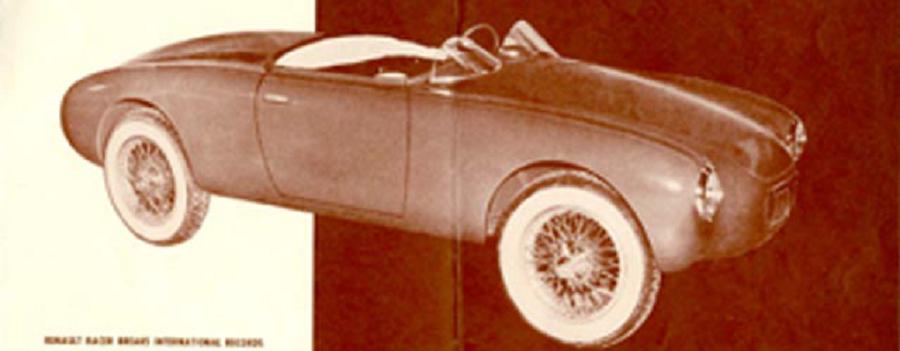
Hi Gang…
Recently we introduced Plasticar’s ’53 brochure which featured the Marquis that was in the process of being introduced to the world. In that same brochure was their other car – a car that was first built in aluminum and then in fiberglass. This was the fiberglass bodied Renault based sports car known as the “Rogue.”
We’ve talked this car before on Forgotten Fiberglass. Click here to review our previous story on the Plasticar Rogue. Today we’re going to review the rest of Plasticar’s brochure from ’53 which focuses on the “Rogue.”
Off we go…
And as with every image here on Forgotten Fiberglass, be sure to use your mouse and click on any image to make it appear larger on your computer screen.
Page 1: The Rogue
The distinctiveness of smart continental design…speed that exceeds the world’s most popular sports cars….durability of the strongest and lightest materials created by modern science….economy outperforming most of the automobiles made – all this becomes yours in the Rogue!
Originally designed as a racer, and built on the internationally famous Renault 4CV rear-engine chassis, this, one of the world’s most talked about sports cars, has won contests all over Europe. Now you can have its original winning design in true replica with a fiberglass laminated plastic body case from a mold of the original body.
Thus, through the ruggedness of modern plastics the original car is greatly enhanced without sacrifice of those factors which make it great. Here is sports car dash, speed, and economy combined the way you’ve always wanted them!
Here is the last word in sports car luxury! Here is the Rogue!
Page 2: Designed for Speed, Comfort, and Durability
Here is the fiberglass-reinforced plastic body that lets you forget about rust, dents, and squeaks. More resistant to impact on a weight for weight basis than steel, even if chipped or scratched it can be repaired for a fraction of the cost of repairing a steel fender or body panel.
Note the low, smooth, flowing contours, many of which cannot be achieved in steel. Color is impregnated right into the plastic and the body finished with a high gloss lacquer.
With the engine in the rear, the front is left clear for storing the spare wheel, tire, and battery. Adjustable vinyl leatherette upholstered bucket type seats, with foam rubber cushions, slide forward on pilot’s side to give access to the luggage compartment behind.
The compact instrument panel includes a speedometer, fuel gauge, and indicator lights for temperature, oil pressure, and generator. Other features include sealed beam headlights with dimming button and self-cancelling turn signals.
Page 3: The Renault 4CV Chassis…Trophy Winner ‘Round the World
Page 4: Specifications for Engine, Chassis, and Optional Equipment
Summary:
As mentioned in our previous stories, at least two Rogue sports cars have been found. That’s great because their history is so neat and…as you’ll learn about in a future story here at Forgotten Fiberglass….they came very close to making more of these cars, for the American market, than any early fiberglass sports car builder actually built in America. Very close!
Oh if only what could have been 🙂
Hope you enjoyed the story, and until next time…
Glass on gang…
Geoff
——————————————————————-
Click on the Images Below to View Larger Pictures
——————————————————————-
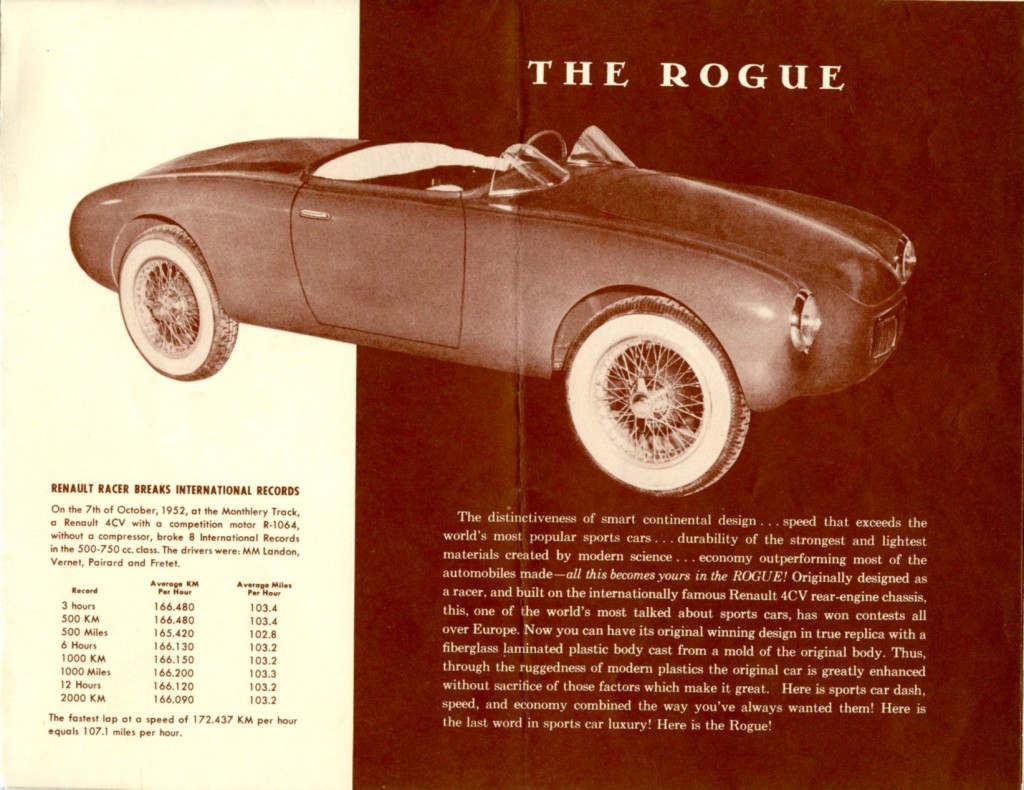
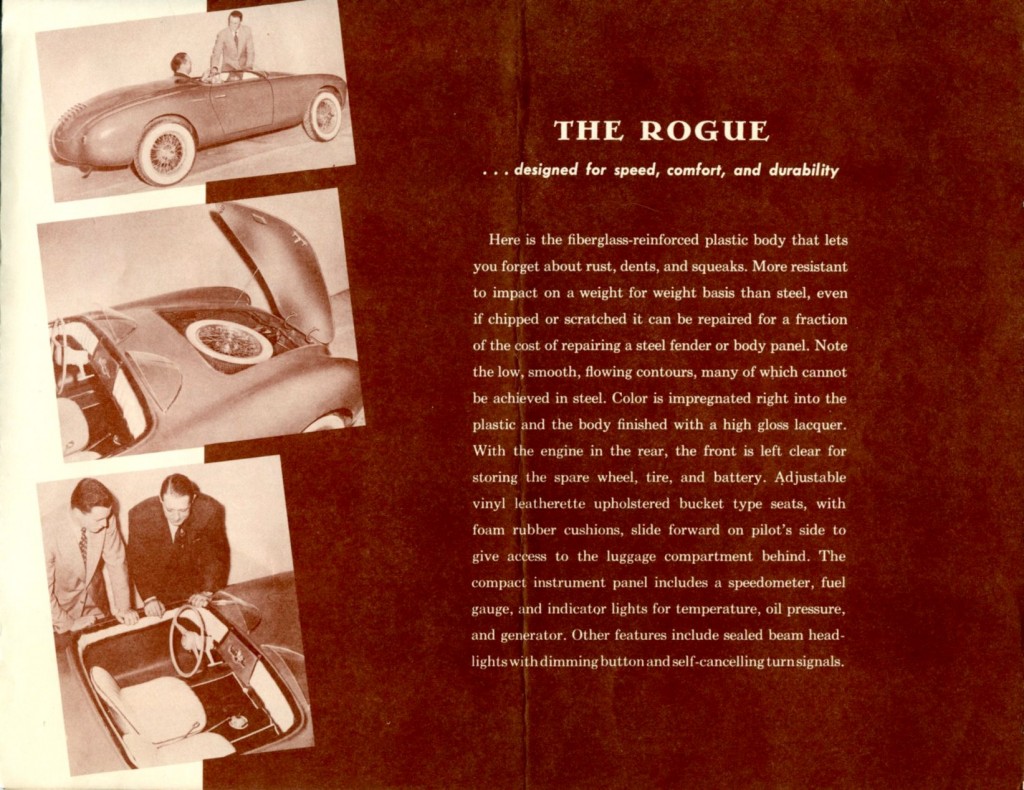
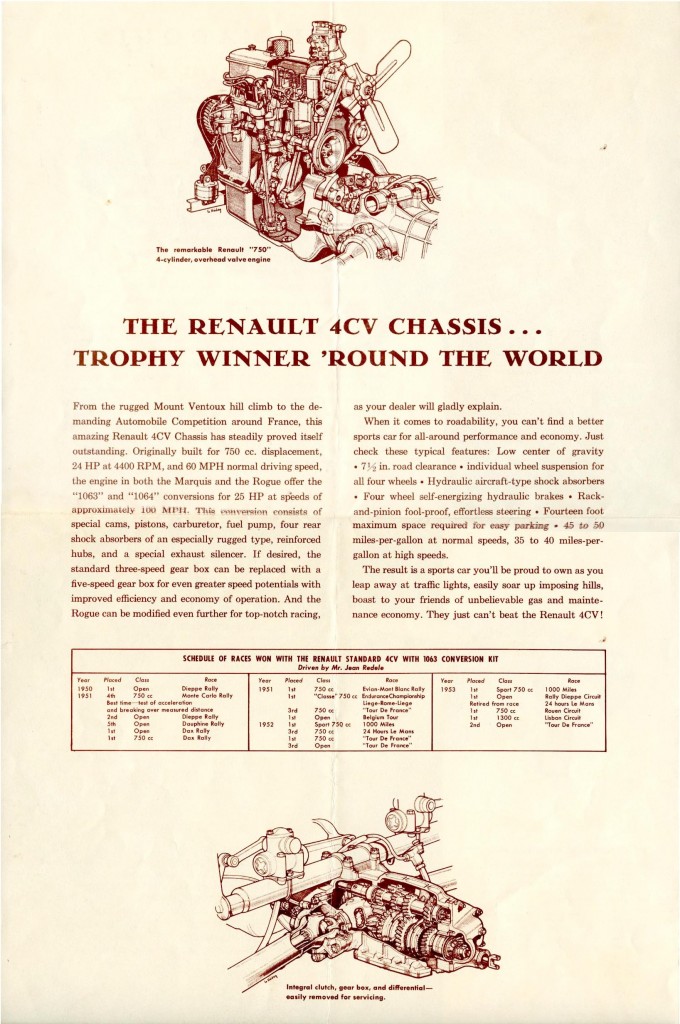
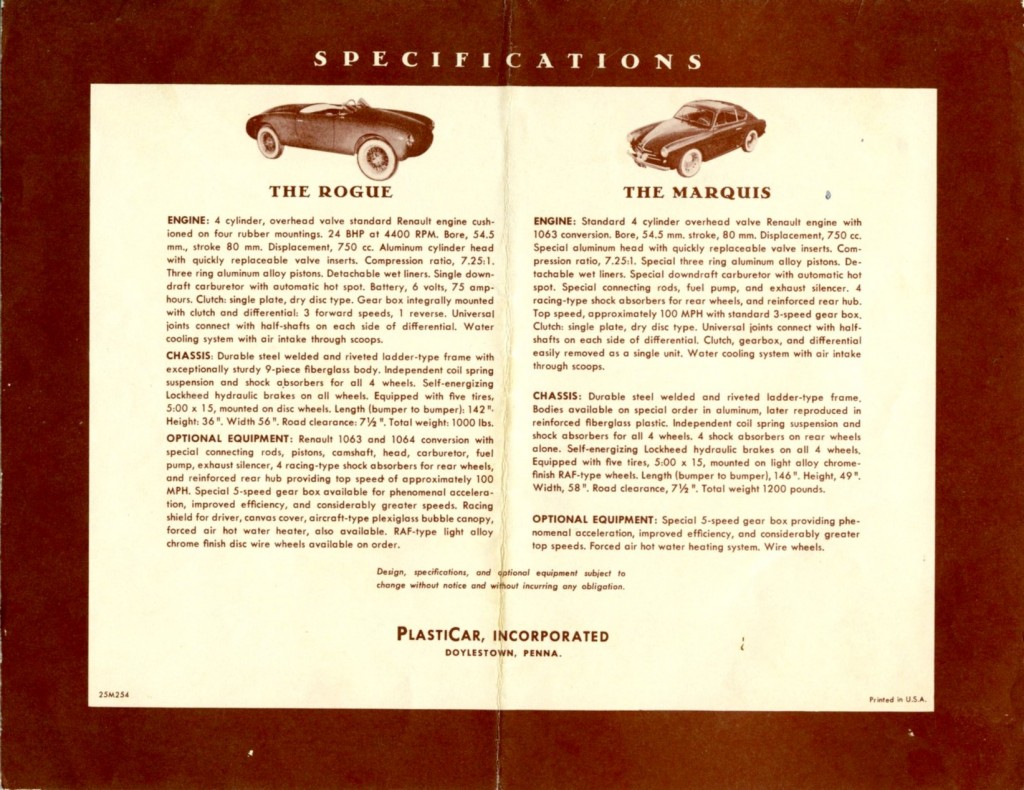

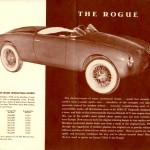
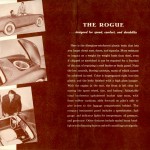
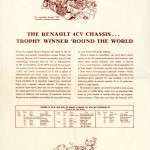
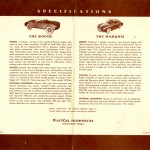
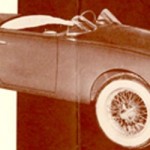
Just think what might have been is Ameddee Gordini tuned the engine and Bridget Bardot was tooling around Paris in one. It came 5 years too soon!